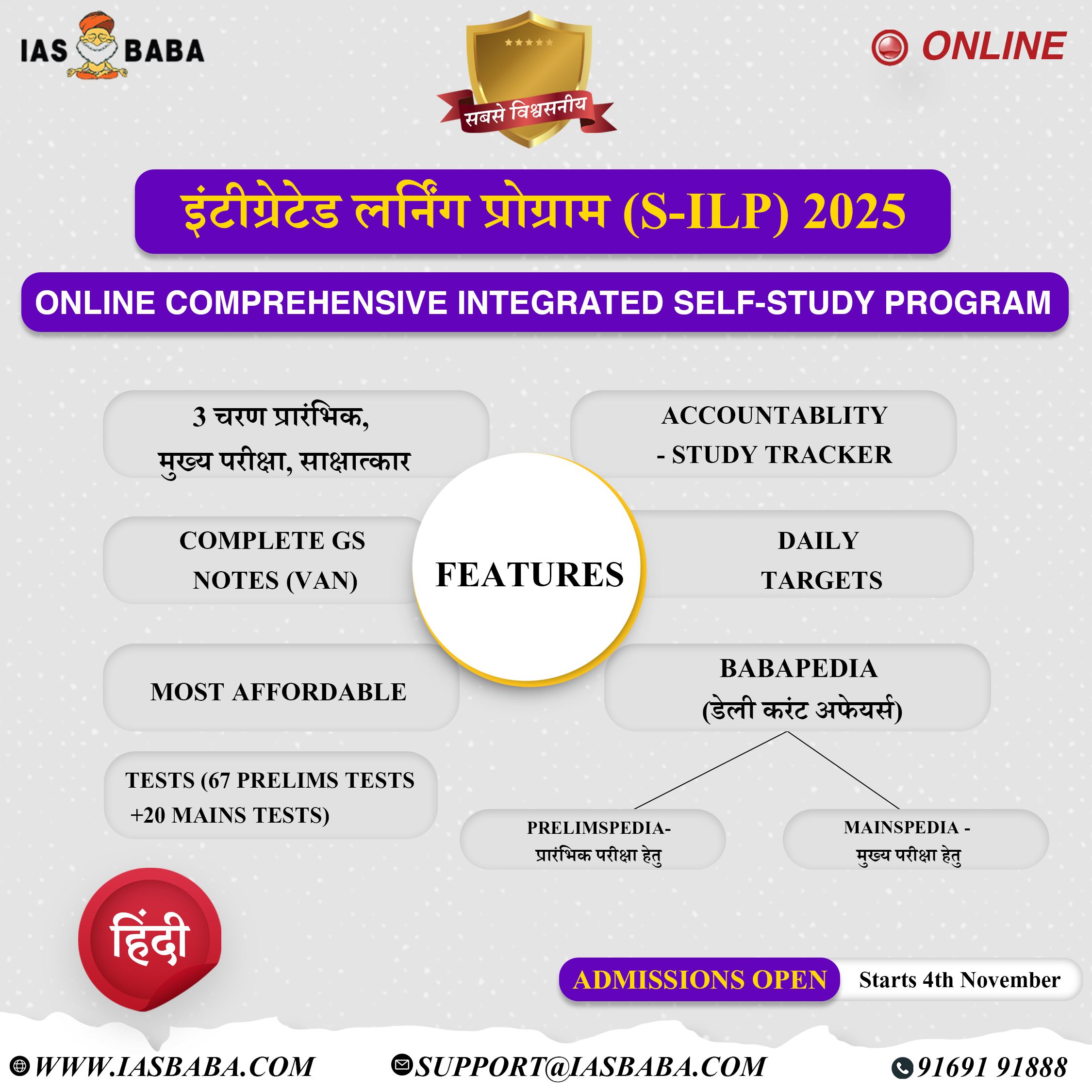GS 1, Indian Geography, TLP-UPSC Mains Answer Writing
1. Discuss the solar potential of South Asia. What have been some of the major achievements on the solar front in India? Discuss.
दक्षिण एशिया की सौर क्षमता पर चर्चा करें। भारत में सौर मोर्चे पर कुछ प्रमुख उपलब्धियां क्या रही हैं? चर्चा करें।
Demand of the question:
It expects students to discuss the solar potential of South Asia based on its characteristics. It also expects to give a account of the major achievements on the solar front in India.
Introduction:
The development of Solar energy technologies is now widely recognized as a crucial component in providing an integrated solution to rising demand of energy across the world. In South Asia, a number of developing countries like India, Sri Lanka, and Maldives are looking into inexhaustible and repeatable alternative energy sources such as solar energy.
Body:
Energy supply and security are major challenges on the road to development in the South Asian countries. Energy use traces the total amount of energy consumed by the end user. This includes domestic production as well as imports.
- Per capita electricity consumption of South Asian countries accounts to around 2600 kWh.
- Many South Asian countries depend on a single source to provide more than 50% of total electricity generation including India (Coal – 67.9%), Nepal (Hydropower – 99.9%), Bangladesh (Natural gas – 91.5%) and Sri Lanka (Oil – 50.2%).
- In many countries less than 5% of energy consumed comes from renewable resources.
- Access to electrical energy varies from 41% in Afghanistan to 100% in Maldives in 2010.
- Also, world over almost every country is facing the emerging challenges posed by climate change. Which is catalysed due to heavy reliance on the fossil fuels and conventional energy sources.
The South Asian countries have huge potential for solar energy resources.
- Solar energy has its applications in electricity generation, cooking and water heating. It helps in less consumption of fuel wood, kerosene and batteries, and also helps to improve local air quality.
- As we know, Rural areas in many of the South Asian countries rely excessively on the consumption of wood, kerosene, which affects health of the People and environment in various ways. Hence, Solar energy has advantage to be applied as an energy resource in the South Asian countries.
- As per ‘Global Solar Atlas’ South Asian countries have potential to generate around 32 kWh solar energy per day for average household consumption.
- Once adapted on a wide scale it will benefit in various ways such as Illumination for rural education and access to information and communication technology.
- It will also reap benefits by aiding socio-economic development through Improved quality of life as well as better health and sanitation through streetlights and boiled water.
Solar power in India is a fast developing industry. India’s solar installed capacity reached 35.12 GW as of June 2020. India has the lowest capital cost per MW globally of installing solar power plants.
- Indian government had an initial target of 20 GW capacity for 2022, which was achieved four years ahead of schedule.
- In 2015 the target was raised to 100 GW of solar capacity (including 40 GW from rooftop solar) by 2022, targeting an investment of US$100 billion.
- India has established nearly 42 solar parks to make land available to the promoters of solar plants.
- India expanded its installed solar power capacity by 233 times from 161 MW to 37,627 MW.
- Rooftop solar power accounts for 2.1 GW, of which 70% is industrial or commercial. In addition to its large-scale grid-connected solar photovoltaic (PV) initiative, India is developing off-grid solar power for local energy needs.
- Solar products have increasingly helped to meet rural needs; by the end of 2015 just under one million solar lanterns were sold in the country, reducing the need for kerosene.
- 34 solar parks of aggregate capacity of 20,000 MW have been sanctioned for 21 states. INR 356.63 crores has been released to Solar Energy Corporation of India for the projects.31,472 solar water pumps were installed in 2015-16; this is higher than total number of pumps installed during the last 24 years since 1991.
- Recently, Asia’s largest 750-megawatt (MW) Rewa ultra-mega solar power project is inaugurated in Madhya Pradesh
- The International Solar Alliance (ISA), proposed by India as a founder member, is headquartered in India.
However, Solar energies lacuna’s can’t be blindsided, as it requires sizeable amount of land, and poses environmental hazards if the production process not handled appropriately.
Conclusion:
Solar energy due to its abundance has an enormous potential for use and wide scale applications. Considering this potential and applicability, India has put forward step in the right direction, which will surely help to realise the concept of “One Sun One World One Grid” to harness abundant solar power on global scale.











